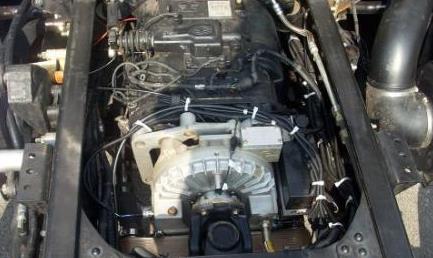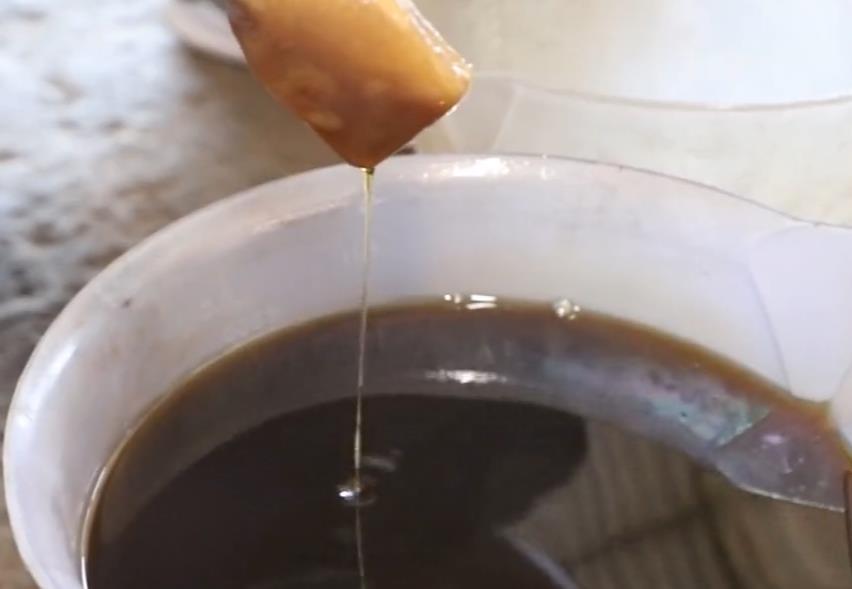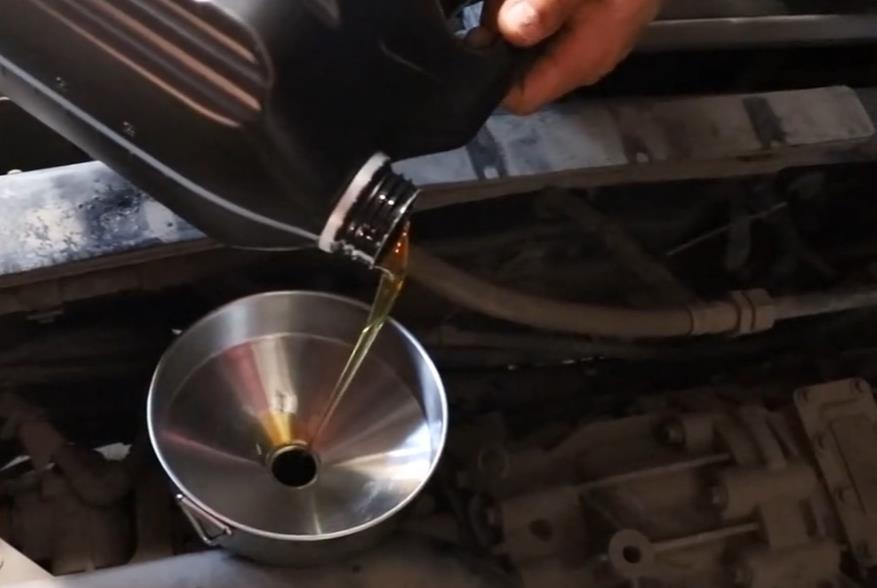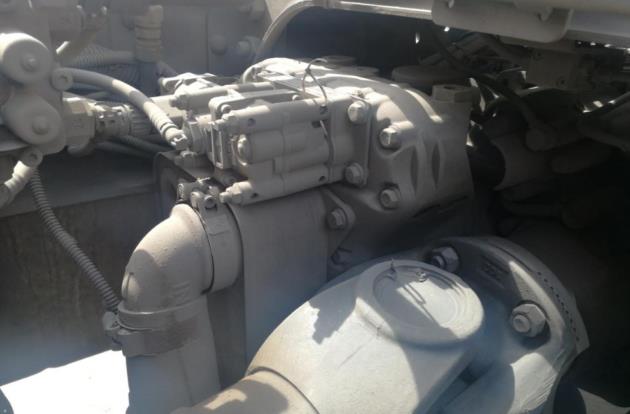NEWS CENTER
NEWS CENTER

Hydraulic retarder, as an emerging auxiliary braking system, is widely used in freight vehicles that frequently travel to and from mountainous areas. The working principle of a hydraulic retarder is to convert the kinetic energy of the vehicle into thermal energy and then dissipate heat through the engine's cooling system, achieving constant speed or deceleration of the vehicle.

Like other vehicle components, the hydraulic retarder also needs regular maintenance and upkeep to ensure its stable and good operation, mainly including the following aspects:
1. Regularly replace the oil
Hydraulic retarders require the addition of specialized hydraulic transmission oil, and the maintenance and oil change intervals and requirements for different brands of hydraulic retarders vary. Car owners can refer to the user manual of the purchased hydraulic retarder. In addition, it is necessary to select the appropriate oil model based on the vehicle's operating conditions and ambient temperature.
In general, the oil change cycle of hydraulic retarders should not exceed one year. For road vehicles, it is recommended to change the oil every 100000 kilometers. For non road vehicles, it is recommended to change the oil every 60000 kilometers. For vehicles with poor operating conditions, it should be appropriately reduced on this basis.
Detailed oil change tutorial:
(1) Park the vehicle on a level surface, apply the handbrake, turn off the hydraulic retarder, and turn off the engine;
(2) When the oil temperature reaches the working temperature, start changing the oil:
(3) Use a wrench to unscrew the inner hexagonal oil injection bolt and sealing ring at the top of the liquid buffer, being careful not to let dust and other foreign objects fall into the liquid buffer;

(4) Unscrew the oil drain bolt at the bottom of the liquid buffer, and store the discharged oil in a container. Note that the temperature of the bolt and oil may be relatively high. Wear gloves and other protective equipment to avoid burns;
(5) Check the amount of oil released. If it is significantly less than the specified capacity, it is necessary to check if there is any oil leakage in the liquid buffer; If the specified capacity is exceeded, it is necessary to consider whether transmission oil has been mixed in. In this situation, it is recommended to send the vehicle to a dedicated repair station for maintenance;

(6) Observe the released oil and determine if there are any abnormal working conditions inside the buffer. If the oil appears black brown with a pungent odor, milky white turbidity, emulsification, or presence of particles, this situation is mostly due to internal faults in the liquid buffer, and after-sales maintenance should be contacted as soon as possible;
(7) If there are no problems with the above steps, apply silicone and acid free lubricating grease to the sealing ring, and tighten the oil drain bolt at the bottom of the liquid buffer to the specified torque;
(8) Use a clean funnel to add new specialized oil through the top filling hole. To maintain the internal performance of the buffer, it is recommended to choose original factory oil. Pay attention to slowly injecting a portion, then let it stand for 2 minutes before slowly injecting the remaining oil;

(9) Apply silicone and acid free lubricating grease to the oiling bolts and sealing rings, and use a wrench to tighten the internal hexagonal oiling bolt at the top of the liquid buffer to the specified torque.

2. Regularly replace the filter element
The hydraulic retarder filter element is usually replaced every 120000 kilometers, and car owners can replace it according to the detailed cycle required in the user manual.
Detailed replacement tutorial:
(1) Unscrew the two inner hexagon bolts at the top of the liquid buffer, remove the filter element assembly, pay attention to the high temperature of the filter element assembly, and wear gloves and other protective equipment;
(2) Replace the original filter element with a new one and ensure that it is installed in the designated position;
(3) Install the top cover and tighten the two cylindrical head hex bolts.
In addition to regularly replacing the oil and filter element of the hydraulic retarder, the circulating water and air circuits should also be checked frequently to ensure smooth water and normal air pressure regulation, and to avoid water and air leakage that may affect the use of the hydraulic retarder.
ONLINE MESSAGE
 24-hour consultation telephone
24-hour consultation telephone
400-6363-989
If you have any needs, you can contact us
CONTACT US
Customer Service Hotline:400-6363-989 Company Address:No. 2, Guoyuan Road, Industrial Park, Quanpu Town, Liangshan County, Jining Cityall rights reserved Darong traffic machinery Co., LTD Lu ICP No. 20025388-2